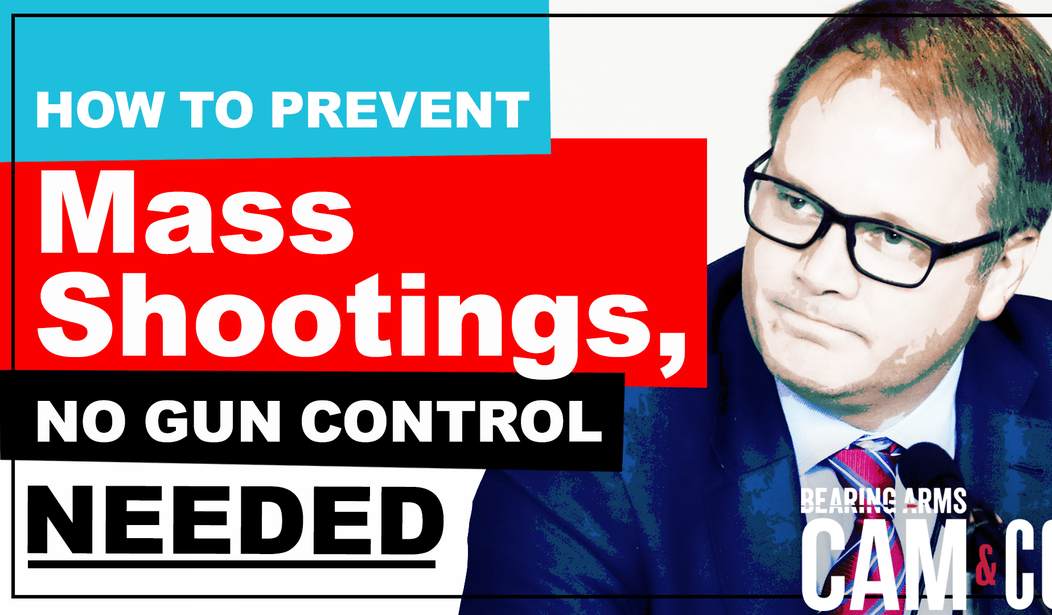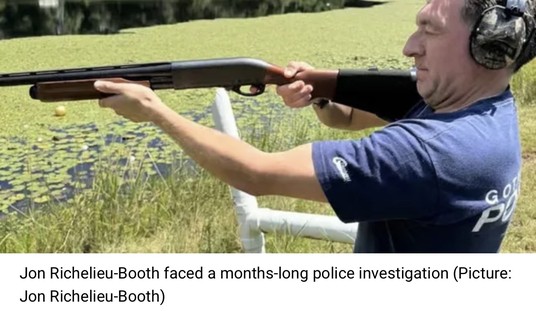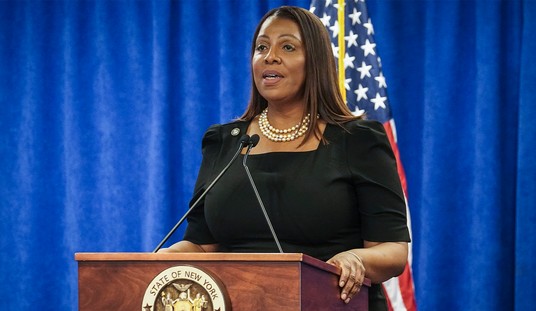A new report on preventing school shootings released by the Secret Service this week is getting a little attention from the media, but not nearly as much as the wall-to-wall coverage that we see when one of these attacks are carried out. On today’s Bearing Arms’ Cam & Co, however we delve into the report (which can be found in its entirety here) with the help of my friend Ryan Petty, whose daughter Alaina was murdered in the shooting at Marjory Stoneman Douglas High School in Parkland, Florida in 2018.
In the years since his daughter’s life was stolen by the former student who returned to campus on Valentine’s Day three years ago, Petty has been an outspoken advocate for increased school safety while also standing up for our right to keep and bear arms. Petty’s not only studied the issue, but he’s gone through Florida’s Guardian program that puts armed school staff in place in public schools across the state and has worked with law enforcement on identifying and responding to threats before any violent acts are carried out.
As Petty tells me, the Secret Service report, which was put together by the agency’s National Threat Assessment Center, is proof that the answer to stopping these types of attacks doesn’t lie with more gun control laws. Instead, it’s a far simpler solution. As Secret Service Director James Murray writes in his introduction to the report:
Individuals contemplating violence often exhibit observable behaviors, and when community members report those behaviors, the next tragedy can be averted.
The statistic that really stands out to Petty is the fact that, in the nearly 70 potential school shootings that were prevented, 94% of the would-be attackers told someone about their plans beforehand. The key in stopping these types of attacks before they take place involves alerting the proper channels, whether it’s the school itself or local law enforcement.
Even when the would-be attackers didn’t explicitly divulge their plans, however, there are other commonalities in behavior that could indicate the potential for violence:
- 33% had substance abuse issues
- 30% had prior contact with law enforcement
- 70% had documented mental health issues, including previous suicide attempts, depression, and receiving treatment.
- 91% had “stressors” within the previous five years, including physical abuse at home or bullying at school.
Additionally, nearly half (41%) of the potential attackers had demonstrated an interest in the Columbine killings in Littleton, Colorado in 1999, which has gained an almost cult-like following among a small subset of Americans.
Obviously, this doesn’t mean that every student busted for smoking pot or getting into a fight is plotting an attack on their school. These acts of violence are extraordinarily rare, but the commonalities among those either planning an attack or those who managed to carry out their plans can help to identify and address the threat before any violence occurs.
Now, this may conjure up visions of the movie Minority Report and the Division of Pre-Crime, but as Petty explains, most interventions don’t actually involve criminal charges or prosecution. The goal is to address these threats before a crime has taken place, and to ensure that the plotter receives the help that they need to get their life back on track. In some cases that might be mental health treatment. In other cases it might involve addressing the environmental factors that are motivating the individuals.
Most importantly, at least as far as Second Amendment supporters are concerned, it doesn’t involve putting any new gun control laws on the books. As Petty adamantly told me, there’s no way to ban our way to safety when it comes to these kinds of attacks. You can’t cast a wide net of new gun control laws over every legal gun owner with the expectation that it will ensnare potential mass killers as well and expect to achieve success.
While it’s true that the Secret Service report notes that a majority of those who were thwarted before they could carry out an attack lived in a home with firearms, only 23% of them had access to an “unsecured firearm.” Even in the 25 attacks that were carried out that the Secret Service looked at in a previous report entitled “Protecting America’s Schools,” less than half lived in a home where they had unimpeded access to a firearm.
The key to preventing attacks on schools or other public places doesn’t involve restricting the right to keep and bear arms. Instead, we need to be aware of the behaviors demonstrated by a large number of these potential killers. When we see things that cause us concern, including specific and articulated plans, we need to say something. We can’t ban our way to safety, but with greater situational awareness and communication, we can prevent these attacks from taking place.
Editor’s Note: Want to support Bearing Arms so we can tell the truth about Joe Biden and the Left’s radical gun control agenda? Join Bearing Arms VIP. Use the promo code GUNRIGHTS to get 25% off your membership.








Join the conversation as a VIP Member